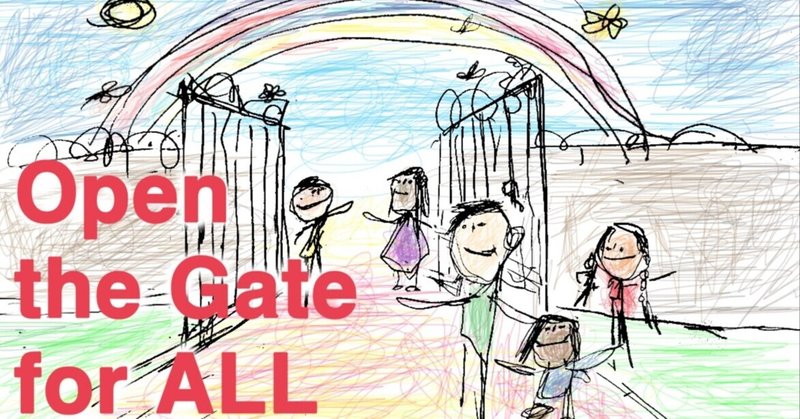
Column 1 Is Immigration Controllable in the First Place?
One of the questions raised during talks for the establishment of the “Specified Skills” residence status, was how many migrant workers would be given this status. While the government had not set the number of migrants to be received under this category, facing criticisms from both ruling and opposing parties, it was agreed that about 340,000 migrants would be granted the residence status over five years.
The idea of limiting the number of migrants to be received is based on the assumption that the state is capable of controlling immigration – as if migrant workers could be placed in certain industries in certain numbers, in the same way goods can.
However, the history of immigration has proved that such an assumption cannot be realized. Japan is no exception. Take for example, convenience stores where many foreign students work. Although the convenience store industry had requested to be able to receive technical intern trainees that could stay for three to five years, the request was denied by the government. The industry instead turned to foreign students – even sometimes working with Japanese language schools and brokers in sending countries, ensuring convenience store jobs upon students’ entry into Japan. Although it is unknown if the government had foreseen such moves in the industry, the number of foreign students coming to Japan has rapidly increased.
This example is a telling tale of how efforts to limit a certain entry point may lead to expanding entry through another entry point. This means that even if the government sets a limit on the number of migrants to be granted the “Specified Skills” residence status, such an effort could prove ineffective.
Furthermore, this example also shows that not only the state, but also various actors with different interests are involved in the migration of people. Especially once a “migration industry” is established, in which various actors in the receiving and sending countries become connected, it becomes more difficult for the state to control immigration.
Furthermore, it is not only the state, corporations, and business organizations that are involved in human migration. Migrants themselves and their families are also important actors. For example, until now, technical intern trainees are only permitted to stay and work for up to five years, and are required to leave Japan after this duration. However, during their lives in Japan, they have various encounters. Some of them get married to Japanese nationals or other migrants who have long-term residence statuses and become eligible to stay in Japan (although they must first go back to their home country and re- enter Japan with a spousal residence status). And once they settle in Japan, they are now able to bring over their children they left in their home country. Or, if they start a business like a restaurant, they are able to bring over cooks from their home country with a “skilled labor” (ginō) residence status. This is how migrant networks are formed, and it is almost impossible for the state to control such activities of migrants and their networks.
Human migration is a complicated process in which various actors including the state, market, migrants, migrant networks, etc. interact. It is not controllable by the state even if it plans to receive a certain number of people during a certain duration and send them back when the economy worsens.
この記事が気に入ったらサポートをしてみませんか?
